Dim sum in Houston has a rich and surprising history. Born in the teahouses of Canton (Guangzhou) around the tenth century, dim sum was originally a small-portion meal to accompany tea. Over time, these bite-sized dumplings and buns traveled across continents. Today, dim sum is a vibrant part of the city’s Asian cuisine scene, from the long-established restaurants of Chinatown and Asiatown to modern spots like Silk Road HTX. This post explores dim sum’s journey from Canton to Houston, highlighting traditional customs, immigrant influences, and how Silk Road HTX carries on the tradition with its unique menu.
Table of Contents
- Dim Sum in Houston: Cantonese Origins
- Dim Sum in Houston: From Asia to America
- Dim Sum in Houston: Growth of Houston’s Chinese Cuisine
- Silk Road HTX and New Innovations
Dim Sum in Houston: Cantonese Origins
Dim sum originated in Guangzhou’s teahouses as part of the yum cha tradition. In the tenth century, travelers stopped for tea and small-portion meals. These included dim sum dishes — meaning “touch the heart” — served in bamboo steamers or small plates. By the Song dynasty and later, dim sum evolved into a refined Cantonese culinary art.
Traditional Cantonese dishes included siu mai, har gow, char siu bao, and rice noodle rolls. Many of these are featured on the Silk Road menu today. The ritual of “yum cha,” or “drink tea,” became a weekend and holiday tradition, where servers pushed carts of steaming baskets around the dining room. This shared experience is still alive at Houston staples like Fung’s Kitchen and Ocean Palace.
Dim Sum in Houston: From Asia to America
In the 19th century, Cantonese immigrants brought dim sum to U.S. cities like San Francisco and New York. Houston’s Chinatown formed in the 1930s, but early restaurants served more Americanized Chinese food.
The real surge began in the 1980s when the Bellaire corridor in Houston’s southwest saw an influx of Chinese-owned restaurants. These places began offering authentic dim sum and growing community demand pushed it mainstream. A Houstonia Magazine article explains how Bellaire Boulevard became the anchor of Houston’s Asiatown over the past 40 years.
Today, a growing number of spots offer dim sum daily instead of just weekends. A guide from The Infatuation notes Houston’s variety: from shrimp shumai and BBQ pork buns to crystal har gow.
Dim Sum in Houston: Growth of Houston’s Chinese Cuisine
Houston’s Chinese community helped create a full-fledged dim sum culture. Alongside Chinatown and Asiatown, families gather for weekend brunch, celebrating the social ritual that dim sum embodies.
Popular dishes you’ll find include:
- Har Gow – shrimp dumplings
- Siu Mai – pork and shrimp dumplings
- Char Siu Bao – BBQ pork buns
- Egg Tarts
- Sticky Rice in Lotus Leaf
This local culture of sharing food across the table has kept dim sum relevant for decades. It’s no longer a hidden gem — it’s a staple of Houston dining.
Dim Sum in Houston: Silk Road HTX and New Innovations
Silk Road HTX brings a modern yet respectful take on the Cantonese tradition. Located inside a Courtyard Marriott in West University, this Asian tapas restaurant blends traditional recipes with innovative technique.
Their menu includes:
- Traditional items like har gow, siu mai, and xiao long bao
- Unique dumplings with ingredients like cordyceps
- Upscale presentations and creative cocktails
CultureMap Houston described it as a “refined Cantonese dining experience,” and Houston Chronicle named it one of the top new dim sum destinations inside the loop. The restaurant’s mission is to bring back the elegance and craft of dim sum to Houston’s central neighborhoods.
Conclusion
From old teahouses in Canton to the modern kitchens of Houston, the journey of dim sum is a story of heritage and evolution. Restaurants like Silk Road HTX ensure this culinary tradition continues to thrive. Make your next meal a cultural experience and reserve your table to see why Houston is home to some of the most exciting dim sum in America.

